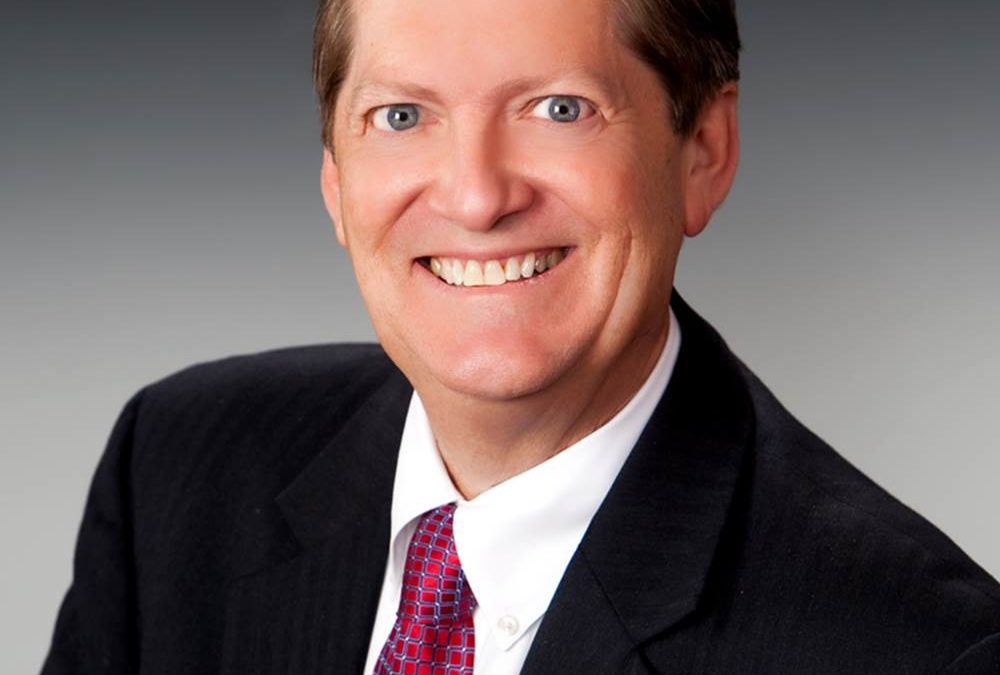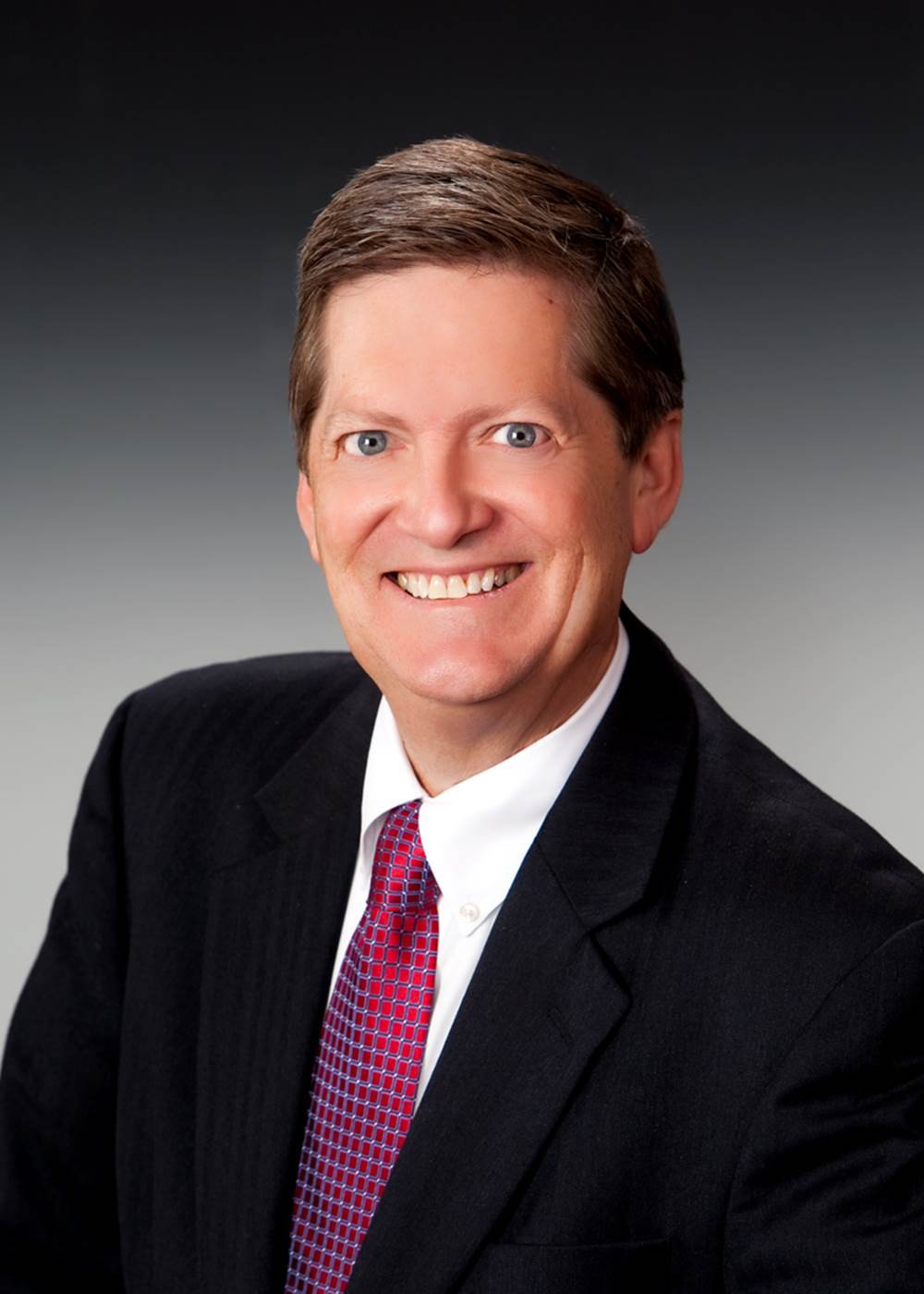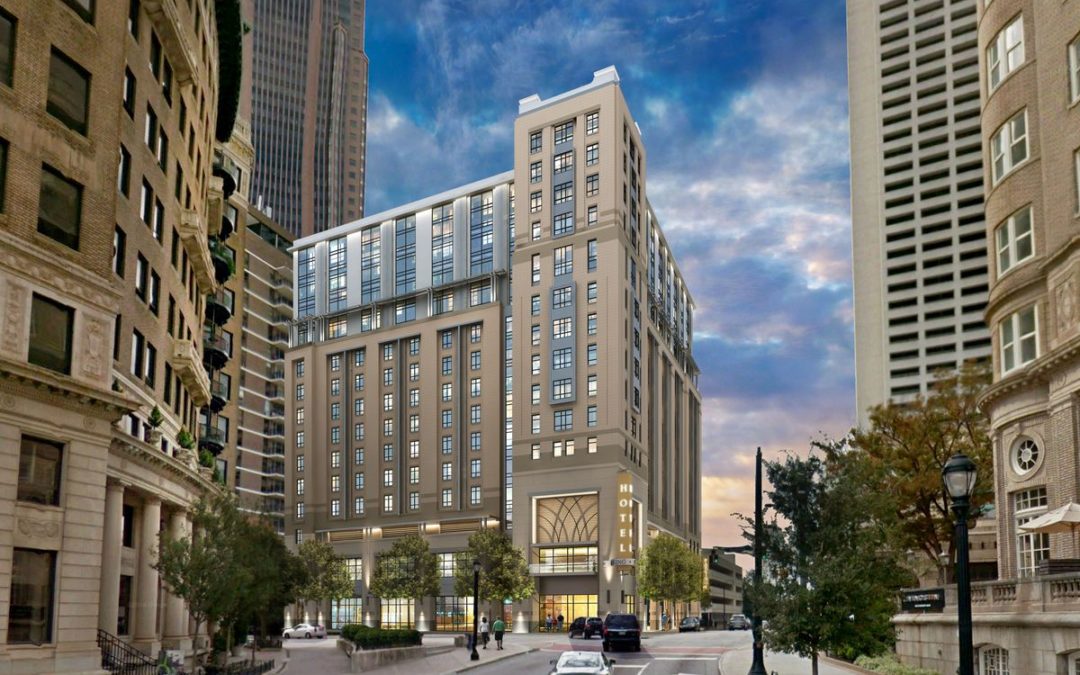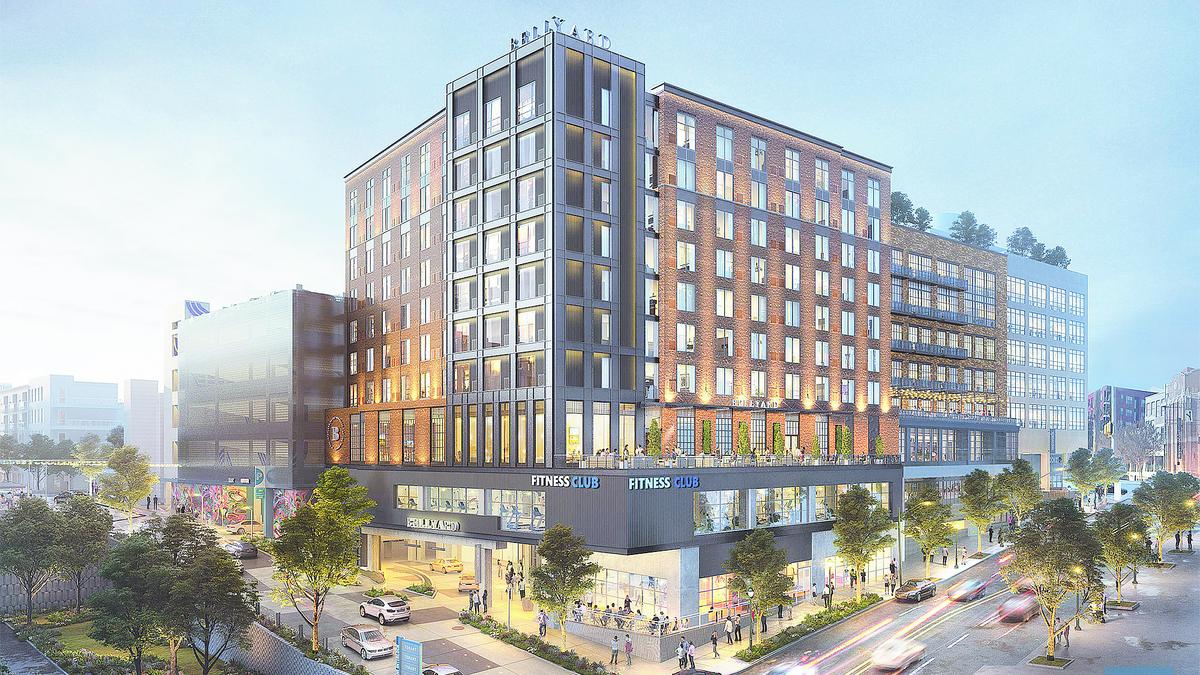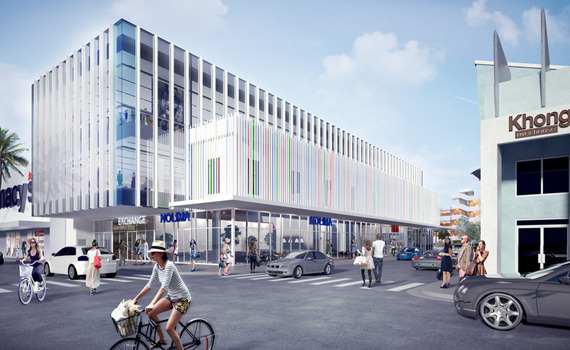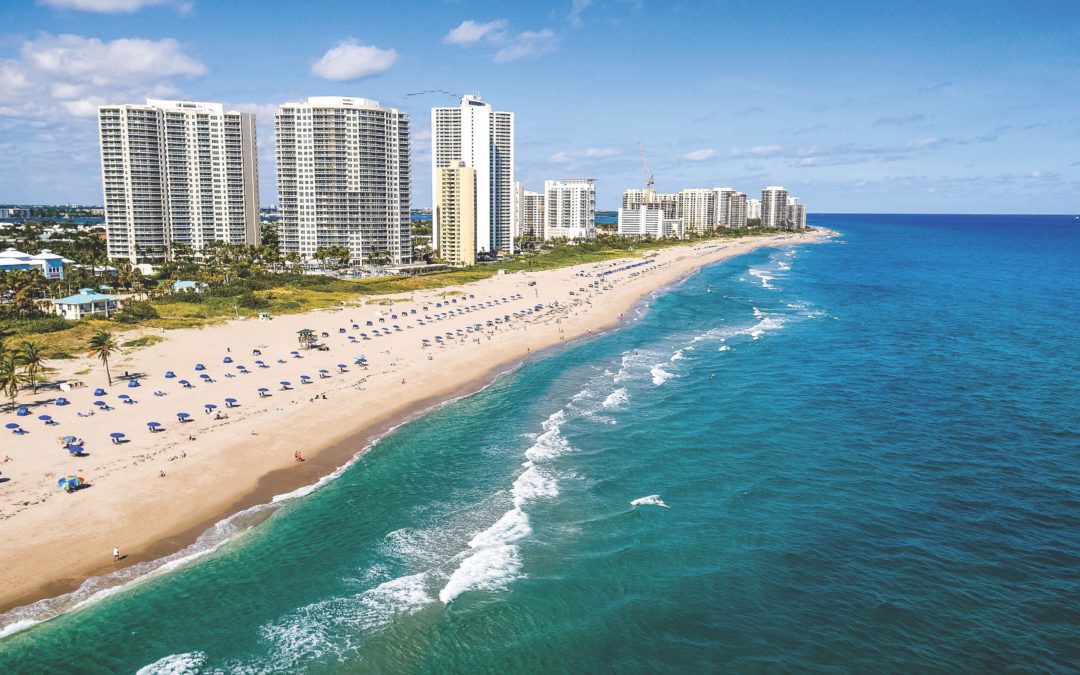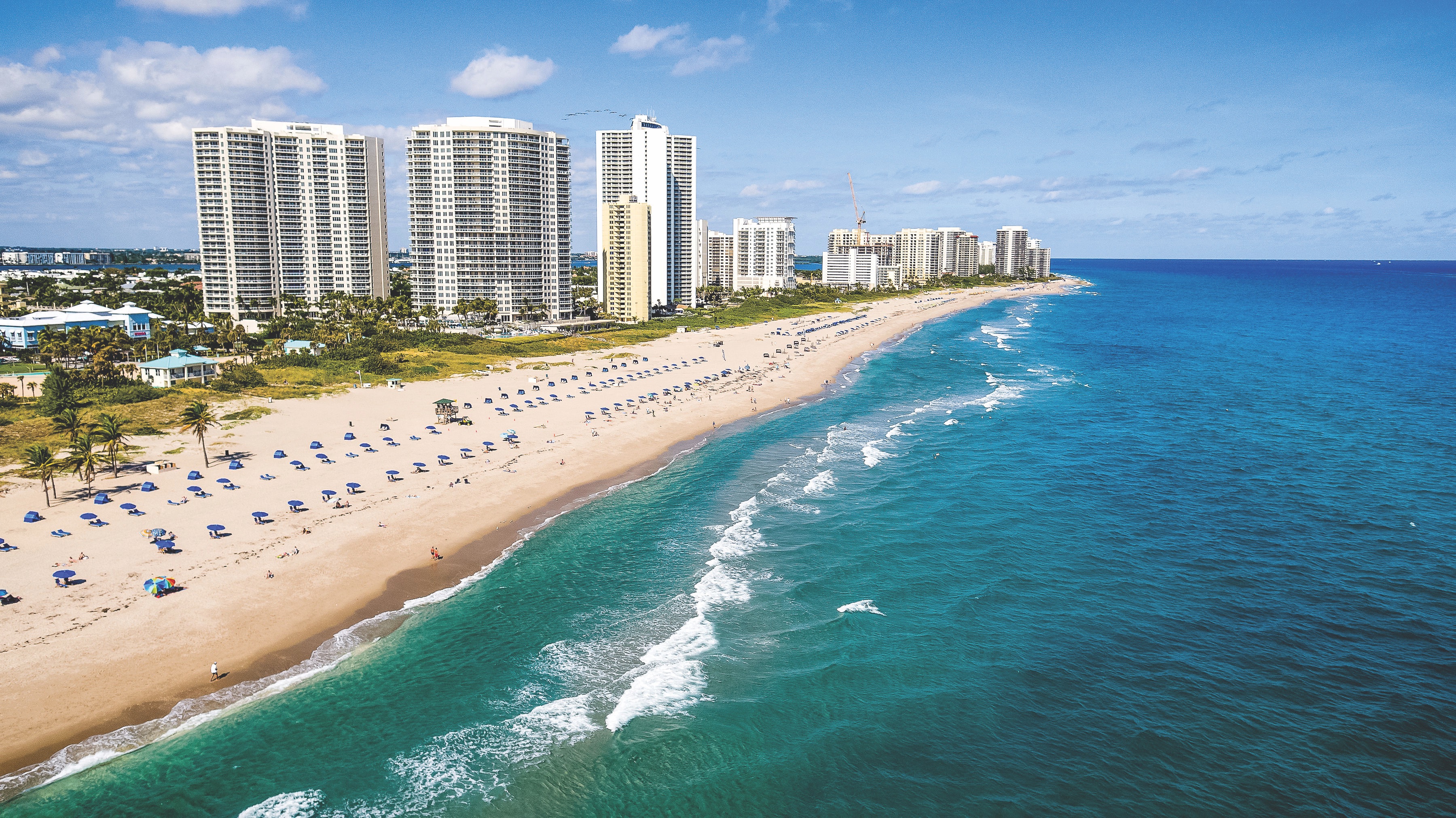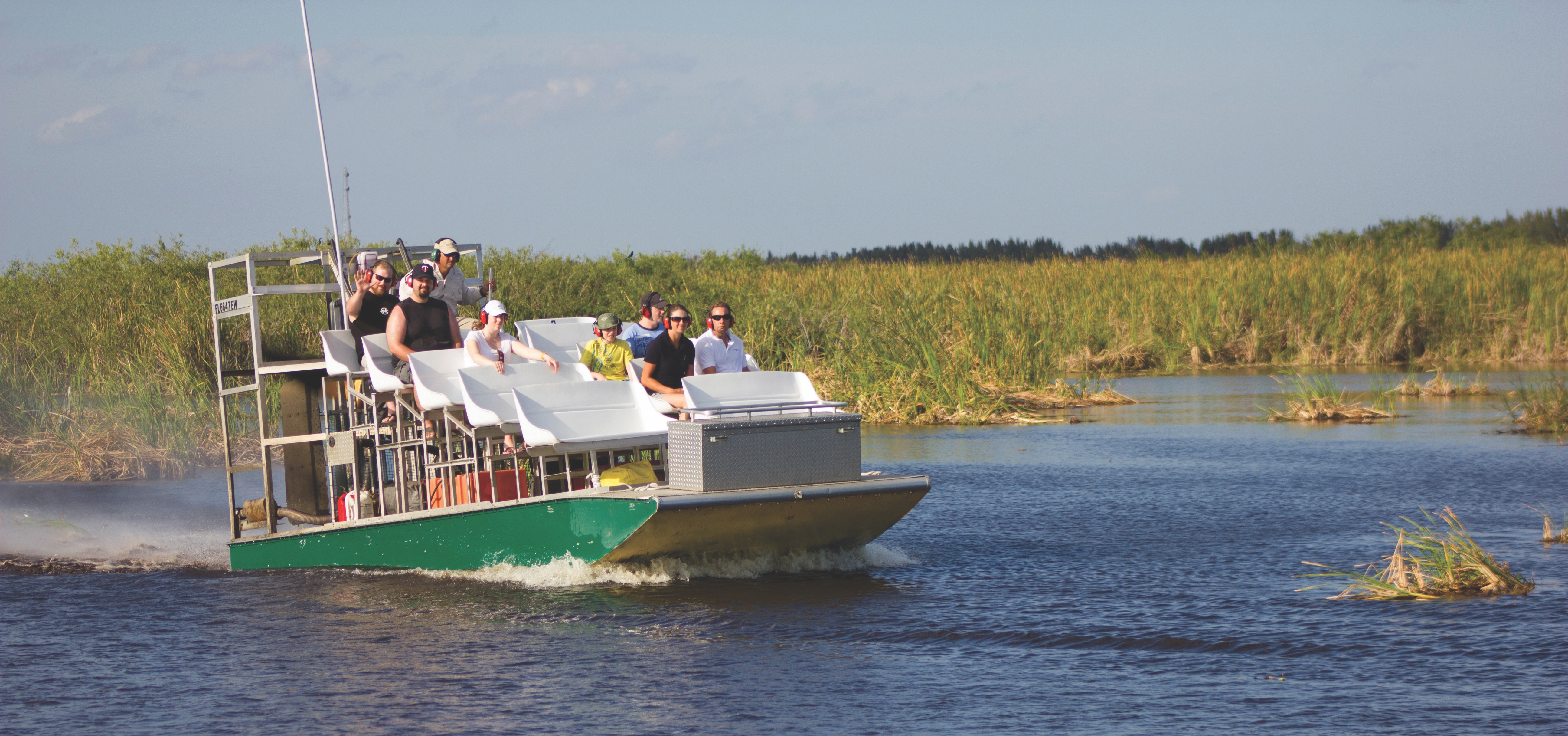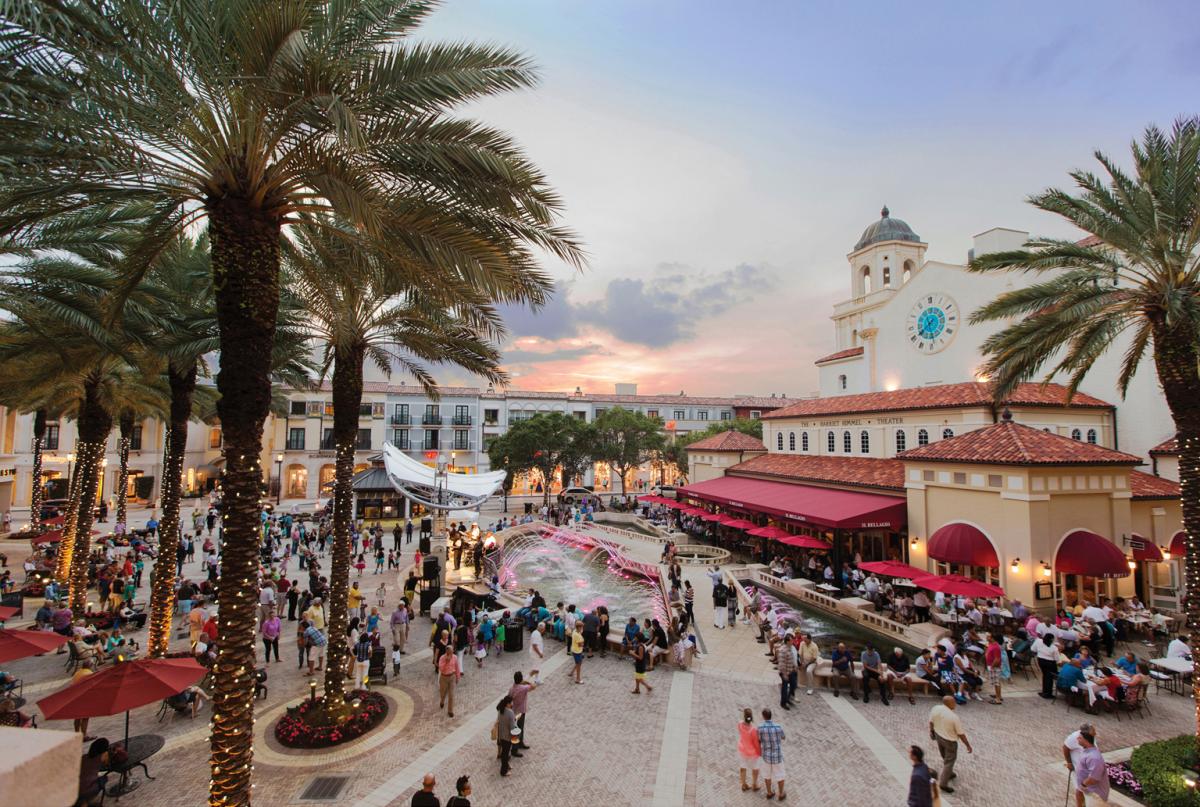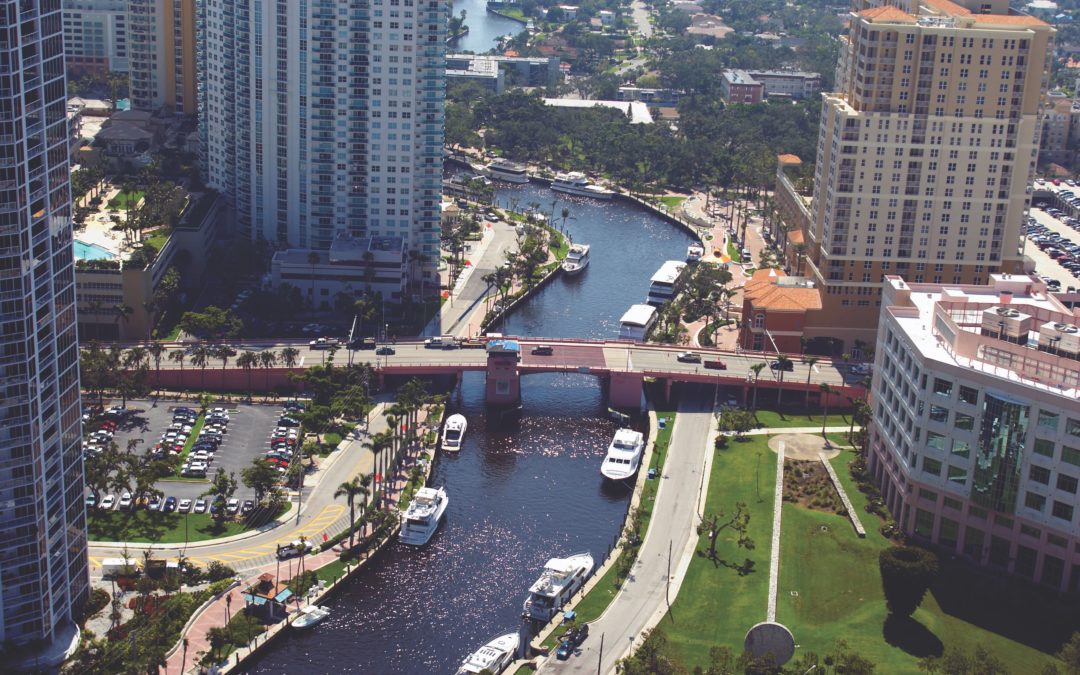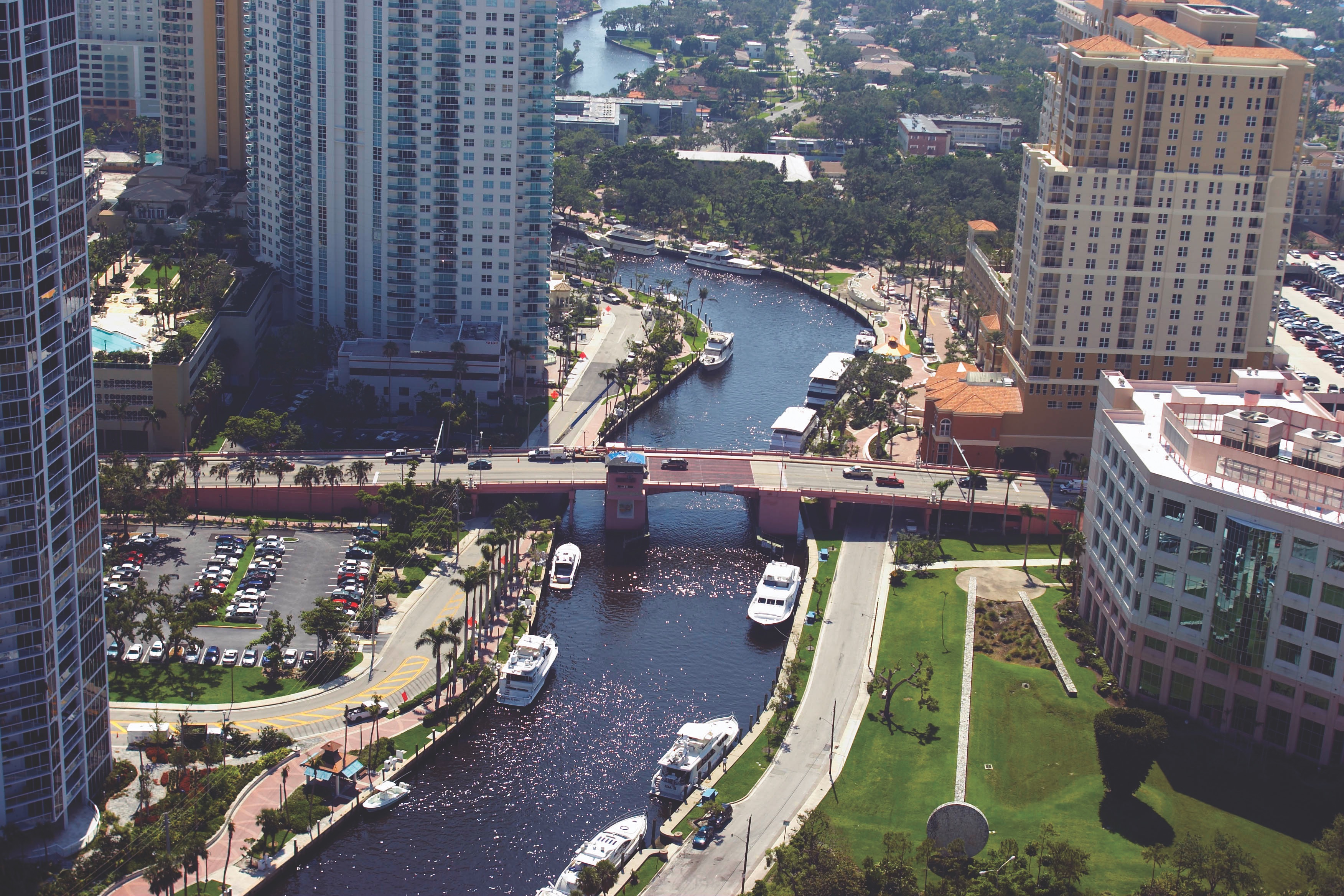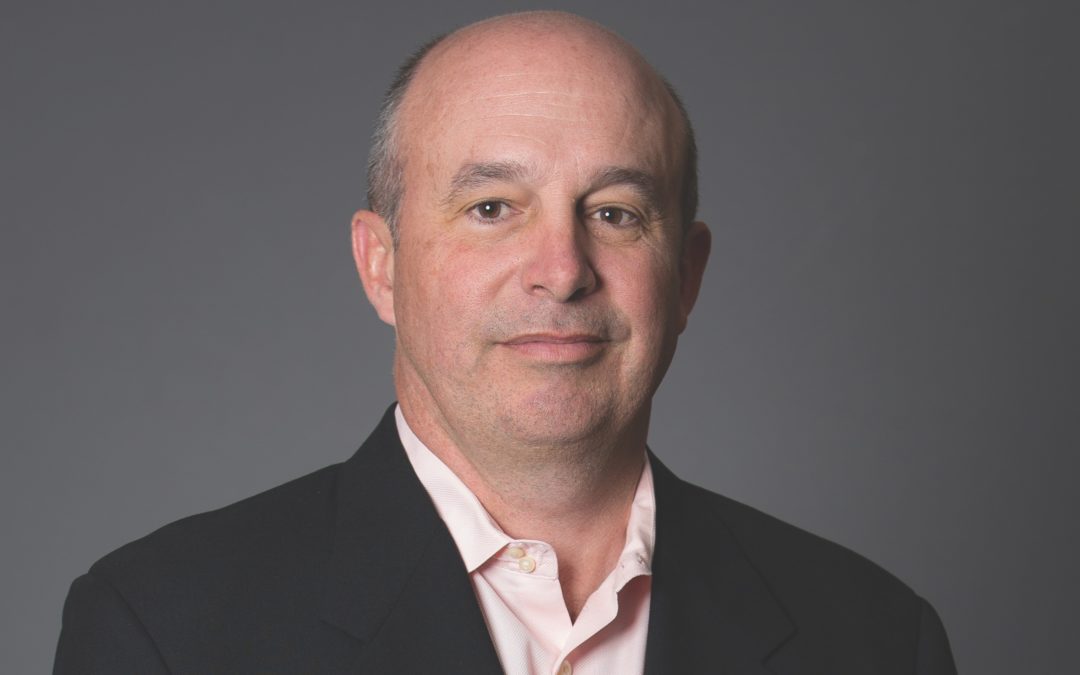
Spotlight On: Chuck Hurchalla, President, Evolution Energy Partners
By Yolanda Rivas

2 min read October 2019 — Energy efficiency and sustainability are hot topics of conversation across all industries and organizations, public or private. Numerous organizations are now embracing eco-friendly alternatives to reduce their impact on the environment and reduce operational costs. During the last few years, full-service energy engineering and consultancy firm Evolution Energy Partners has helped hundreds of clients achieve their goals around utility spend, energy consumption and long-term energy management. Chuck Hurchalla, president of Evolution Energy Partners, recently spoke with the Invest: Philadelphia team about the rapid growth of Philadelphia’s energy sector.
What types of services or areas of business are seeing the most demand in Philadelphia?
There is high demand in the commercial, industrial and institutional sectors for our energy efficiency and energy procurement services. For example, commercial real estate is one of our largest and continuously growing customer segments, particularly hospitality, office, multifamily, senior living and data centers. Regardless of industry though, we address inefficiencies across our customers’ mechanical, HVAC and lighting systems and we also help our clients significantly improve their internal processes.
As a professional design-build energy consultancy, customization based on customer needs and the specific property’s energy profile are key. For example, a stellar guest and resident experience is paramount for our hotel and apartment complex owners, respectively. Our considerable experience in these verticals and our customization abilities allow us to implement a large number of fast payback, customized projects that greatly improve light quality, increase HVAC efficiency, and improve air quality for the benefit of ownership and their guests and residents.
To what do you attribute the rapid growth of Philadelphia’s energy sector?
The opportunities in Philadelphia’s energy sector continue to grow rapidly for a few important reasons. First, businesses and institutions are increasingly recognizing the need to establish and then accomplish sustainability goals to address their corporate environmental concerns and the environmental concerns of their customers.
Second, organizations’ decision-making processes around energy have historically been, and still are, based on the economic benefit derived from those decisions. As utility costs and related charges continue to increase, the financial bottom lines of businesses and institutions are becoming more and more sensitive to utility rates and energy consumption. Understanding that the utility cost center is one of the larger line items on an organization’s income statement, it becomes obvious as to why more and more companies and institutions are focusing on increasing energy efficiency and reducing their energy spend.
Lastly, Philadelphia is quickly moving forward with various energy regulations that will require property owners to benchmark their energy usage and to improve their energy efficiency. One benefit of recent Philadelphia-related regulations is the adoption of C-PACE financing. C-PACE, or Commercial Property Assessed Clean Energy, financing allows a property owner to finance energy efficiency and renewable energy projects with no up-front cost. The property owner then pays the costs back over an extended period of time through a voluntary property tax assessment, which leads to increased project adoption and improved cash flow for the property.
What makes Evolution Energy Partners unique?
Evolution Energy Partners is unique in the industry because of our ability to evaluate a facility’s energy cost center from an owner’s perspective in order to positively impact the three critical areas of commodity prices, energy consumption, and long-term energy management. This approach has become even more powerful and more critical to our customers as environmental sustainability has become increasingly integral and imperative to our customers’ shareholders and to society as a whole.
To learn more about our interviewee, visit:
Evolution Energy Partners: https://evolutionep.com/




